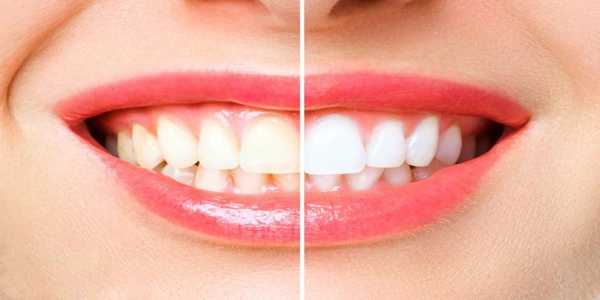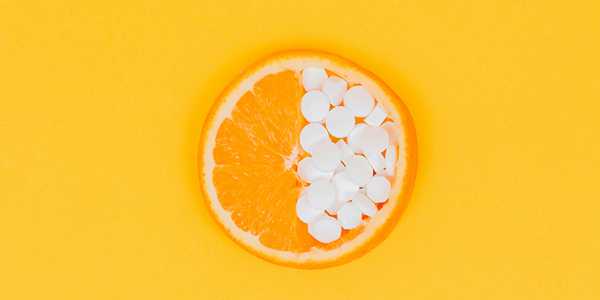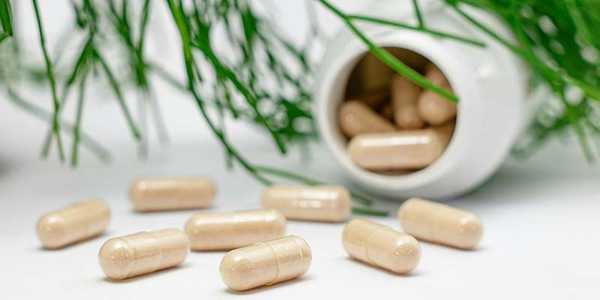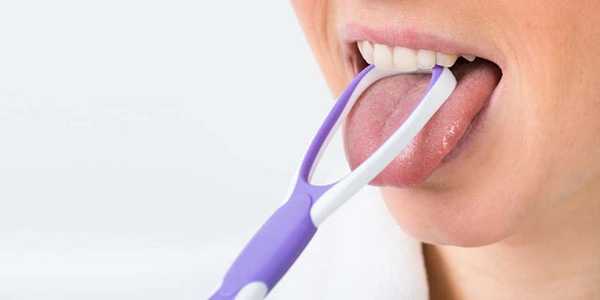How To Whiten Your Teeth At Home Using Everyday Items
A bright smile boosts confidence and social impressions. The best way to whiten teeth at home uses safe, affordable DIY methods with household items, avoiding harsh chemicals. These natural techniques help enhance your smile and boost your self-esteem without the need for costly professional treatments.
What Causes Teeth Stains
Teeth staining, caused by lifestyle habits and ageing, reduces smile brightness. Extrinsic stains originate from substances such as coffee, tea, red wine, and smoking, while intrinsic stains result from ageing, trauma, or medications that affect the tooth structure. Natural abrasives, such as baking soda, can safely remove surface stains, whiten teeth, and boost confidence cost-effectively.
Everyday Items for Teeth Whitening
Baking Soda
Baking soda, also known scientifically as sodium bicarbonate, is widely recognized for its mild abrasive properties, making it effective in eliminating surface stains from teeth. This compound's alkaline nature helps neutralize oral acids that can contribute to staining. To create a baking soda paste, mix two tablespoons of baking soda with a few drops of water until a thick paste emerges. Gently brush your teeth with this paste a few times a week for optimal results, being careful not to overuse it, as excessive application can wear down enamel.
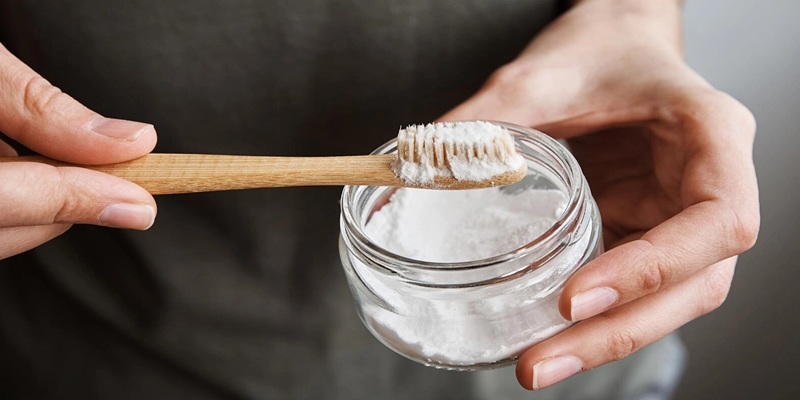
Hydrogen Peroxide
Hydrogen peroxide serves as a mild bleaching agent, which contributes to its popularity as an at-home teeth whitening solution. Its natural bleaching abilities can considerably lighten tooth discolouration. For a safer application, dilute hydrogen peroxide with an equal part of water. Swish this mixture around your mouth for a minute, then brush your teeth. Repeat this process two to three times a week for best results.
Apple Cider Vinegar
Thanks to its natural acidity, apple cider vinegar can help dissolve stains on teeth. While effective, it's critical to use this substance sparingly to prevent enamel erosion. A simple method involves mixing one tablespoon of apple cider vinegar with a cup of water, using it as a mouth rinse. Limiting this practice to just a few times each week is advisable to avoid potential enamel damage.
Coconut Oil
Oil pulling with coconut oil is a long-standing practice that enhances oral hygiene and promotes better dental health. Swishing a tablespoon of coconut oil in your mouth for 10-20 minutes can help eliminate bacteria and stains, resulting in a brighter smile. This practice also supports gum health and works to freshen your breath.
Strawberries
Strawberries contain malic acid, a natural compound that helps whiten teeth. For practical use, mash a few ripe strawberries into a paste, then apply it to your teeth and leave it on for approximately five minutes before rinsing off. This method not only improves your smile but also provides a bonus of vitamin C for overall oral wellbeing.
By utilizing these everyday items, you can achieve noticeable whitening effects without resorting to costly treatments while also maintaining your dental health.
Step-by-Step Guide to Whiten Teeth at Home
Establishing a consistent routine is crucial for effective teeth whitening at home; incorporating various methods safely throughout the week can lead to optimal results. Here's a recommended weekly schedule:
Monday: Baking Soda Paste Kick off your week by crafting a paste with a tablespoon of baking soda and a few drops of water. Brush your teeth with this paste for two minutes. The gentle abrasiveness of baking soda helps lift surface stains without damaging enamel. Limit this practice to no more than twice weekly to prevent over-scrubbing.
Wednesday: Hydrogen Peroxide Rinse Midweek, introduce a hydrogen peroxide rinse. Mix equal parts of 3% hydrogen peroxide with water, swish around for 30 seconds, and then spit it out. This method not only helps eliminate bacteria but also provides natural whitening effects. Use this approach only once a week to minimize potential sensitivity issues.
Friday: Coconut Oil Pulling Conclude your week with coconut oil pulling. Swish a tablespoon of coconut oil in your mouth for 10-15 minutes. This method not only promotes whitening but also supports overall oral health by decreasing plaque and bacteria. Daily practice is possible, but reduce frequency if you notice sensitivity.
Safety Precautions
While these whitening methods are generally effective, it’s essential to monitor any sensitivity in your teeth. If you feel discomfort, consider decreasing the frequency of your whitening routine. Avoid overusing acidic or abrasive substances, as they can erode enamel over time. Striking a balanced approach will help you achieve a brighter smile while safeguarding your dental health.
Tips for Maintaining Whiteness
To maintain the brightness of your teeth after using DIY whitening strategies, it's essential to be mindful of your diet. Reducing the intake of foods and beverages that are known to stain, such as coffee, tea, red wine, and dark berries, is crucial to prevent reversing the whitening process. Instead, opt for water or milk when feasible, as these are less likely to dull the brightness of your smile.
Consistent dental hygiene practices are also essential. Brush at least twice daily with fluoride toothpaste, and don't forget to floss regularly. These habits help to remove plaque, thereby preventing stains from settling on your teeth. When consuming beverages that may stain, using a straw can significantly reduce contact with your teeth, providing an added layer of protection.
Regular check-ups with your dentist and professional cleanings are also crucial in maintaining the shine of your teeth. Visiting your dentist every six months ensures both stain removal and overall dental health monitoring.
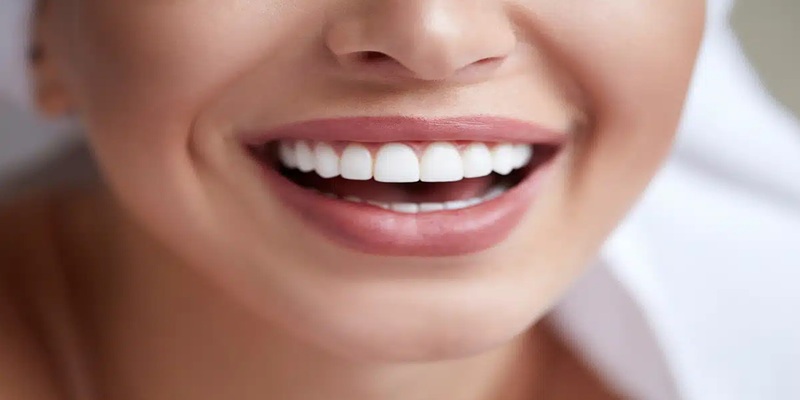
Debunking Common Myths about Teeth Whitening
Many myths surround teeth whitening, such as the belief that whitening strips are always safer than DIY methods. However, household products like baking soda and hydrogen peroxide can be effective and gentler alternatives when appropriately used. While commercial products may act faster, they often cost more and can cause sensitivity, making everyday items a safer and more affordable choice for whitening at home.
Brighten Your Smile with Confidence
Using everyday household items like baking soda, hydrogen peroxide, and strawberries provides a practical and affordable way to whiten teeth at home. With careful, consistent application and patience, these natural methods can gradually brighten your smile. Regular use, combined with good oral care, helps you achieve a healthier, more confident smile without the need for costly treatments.
